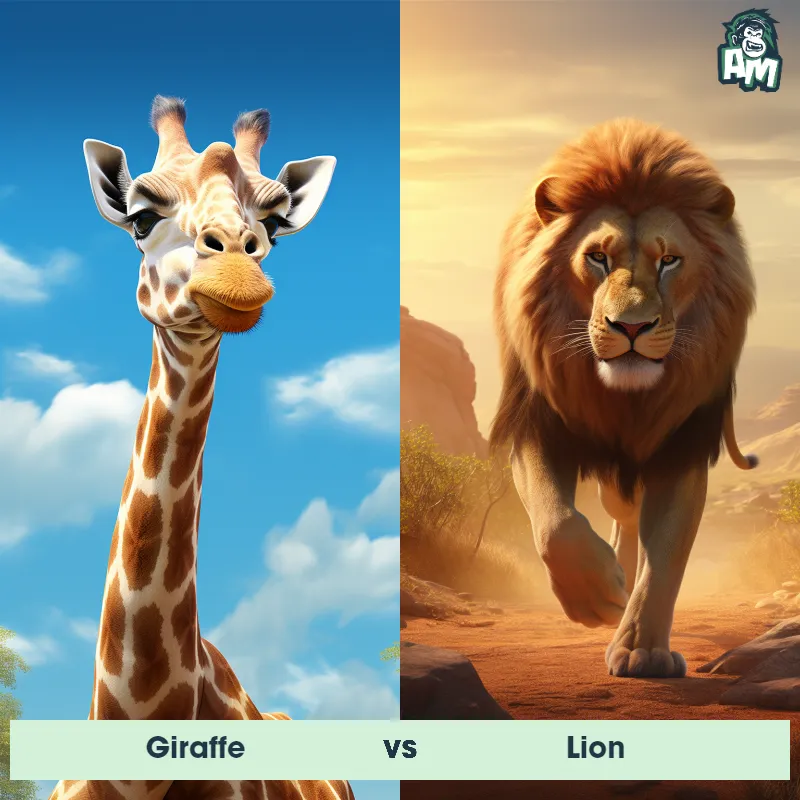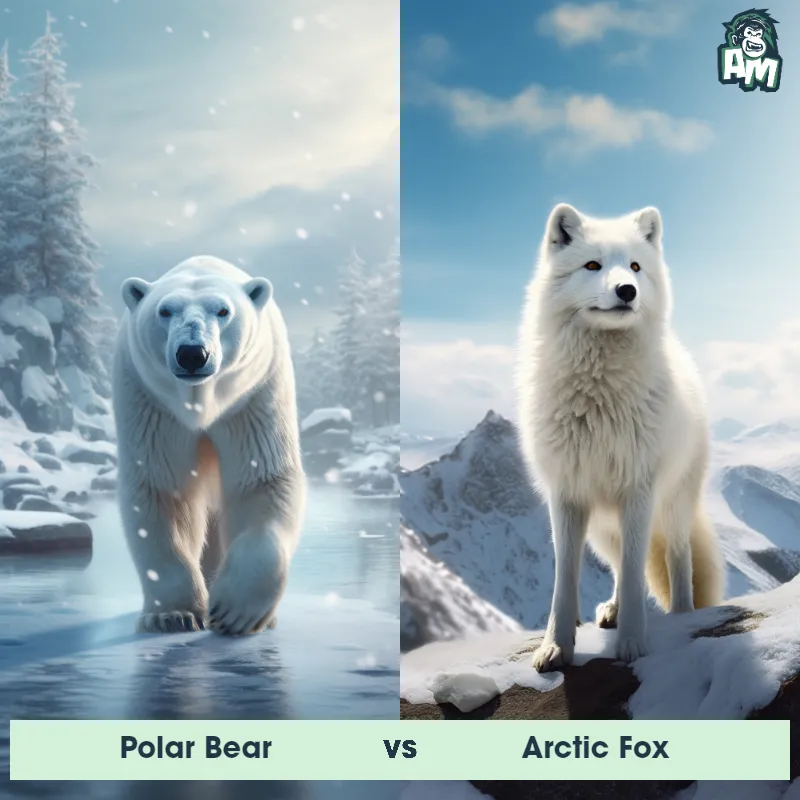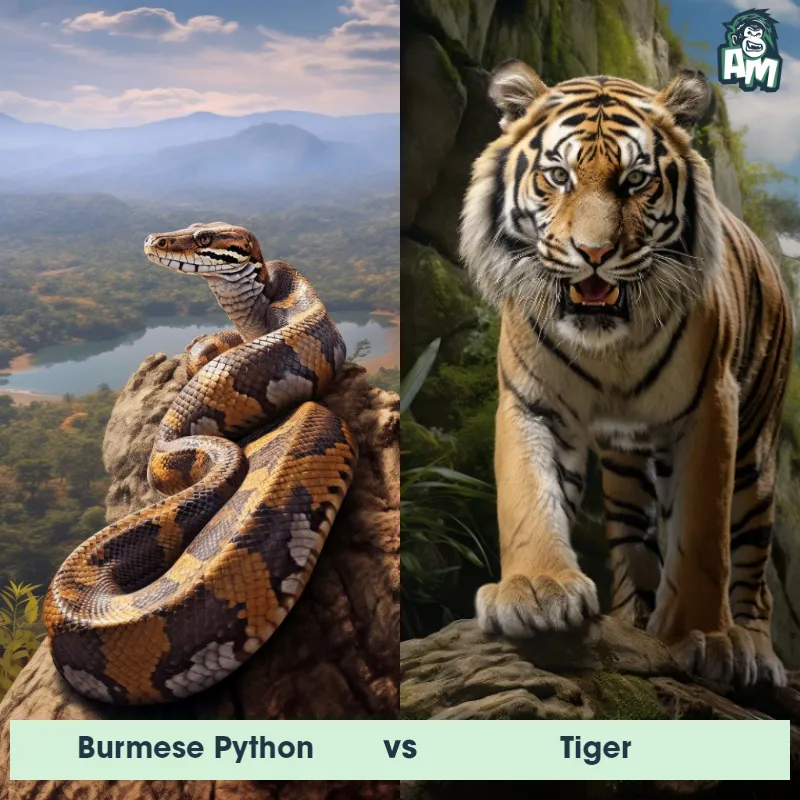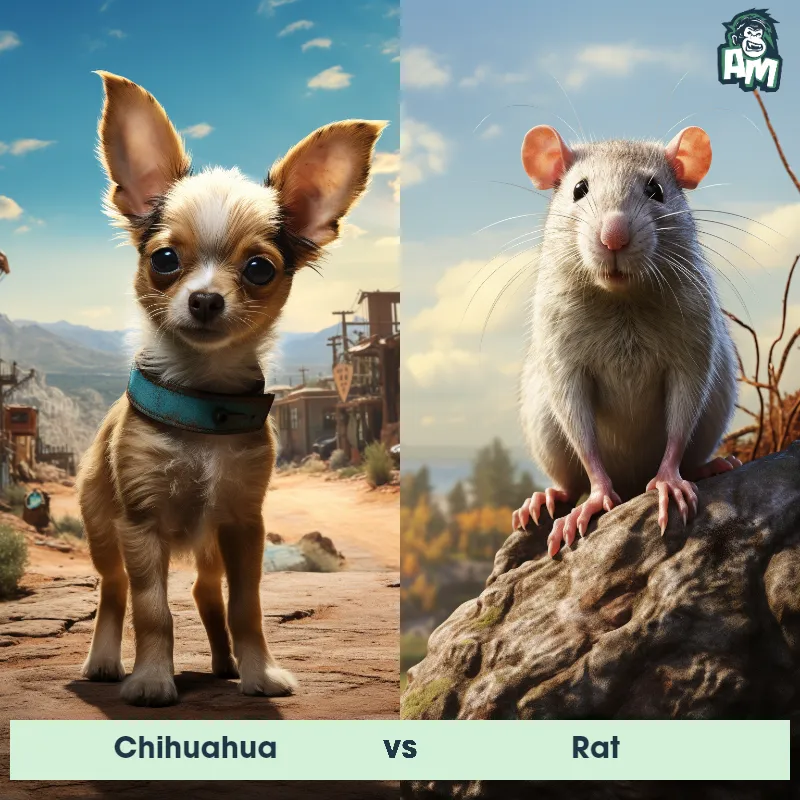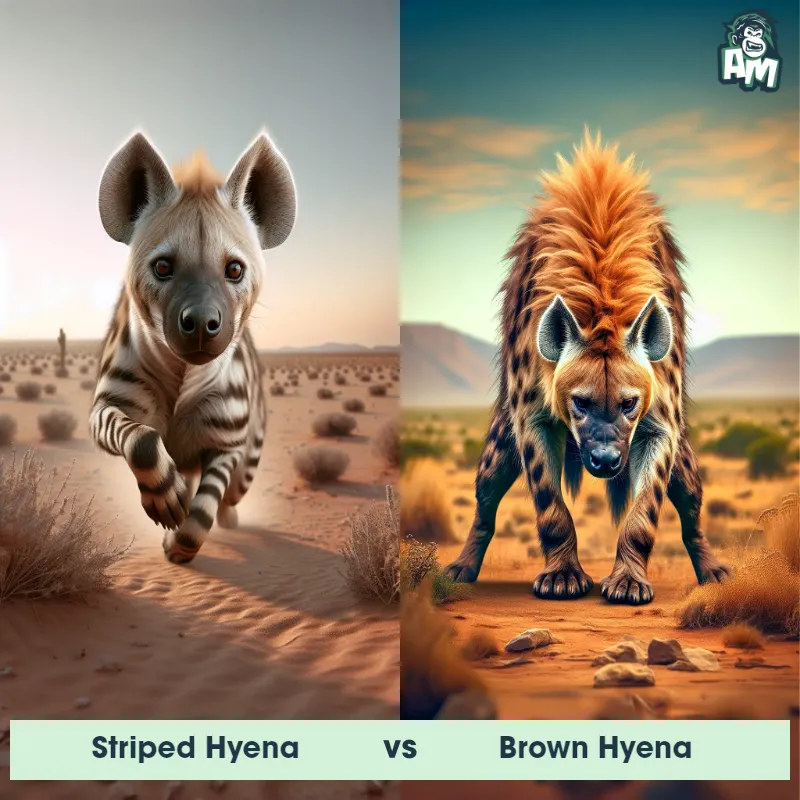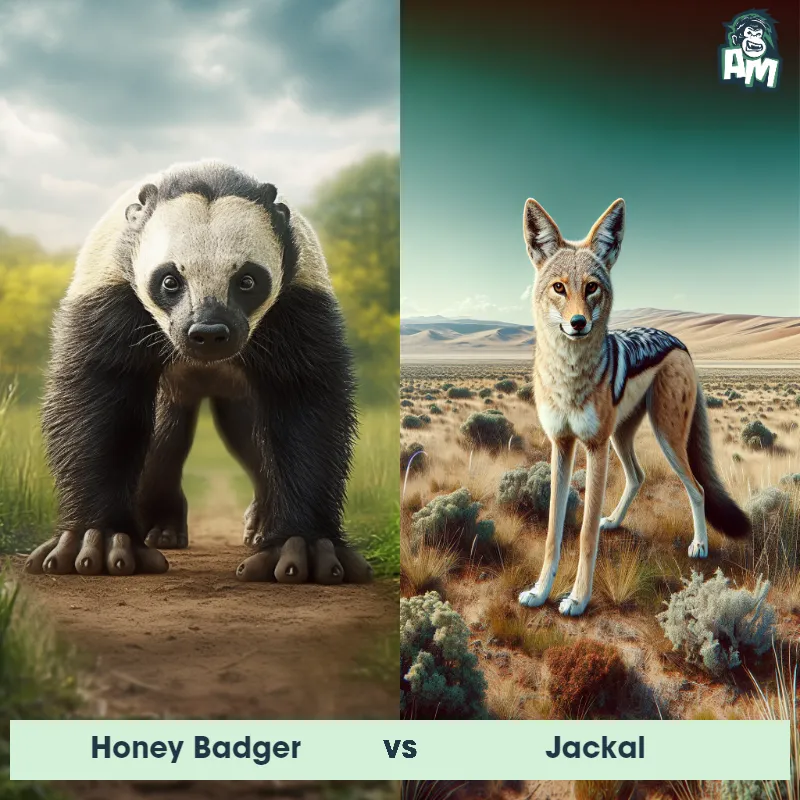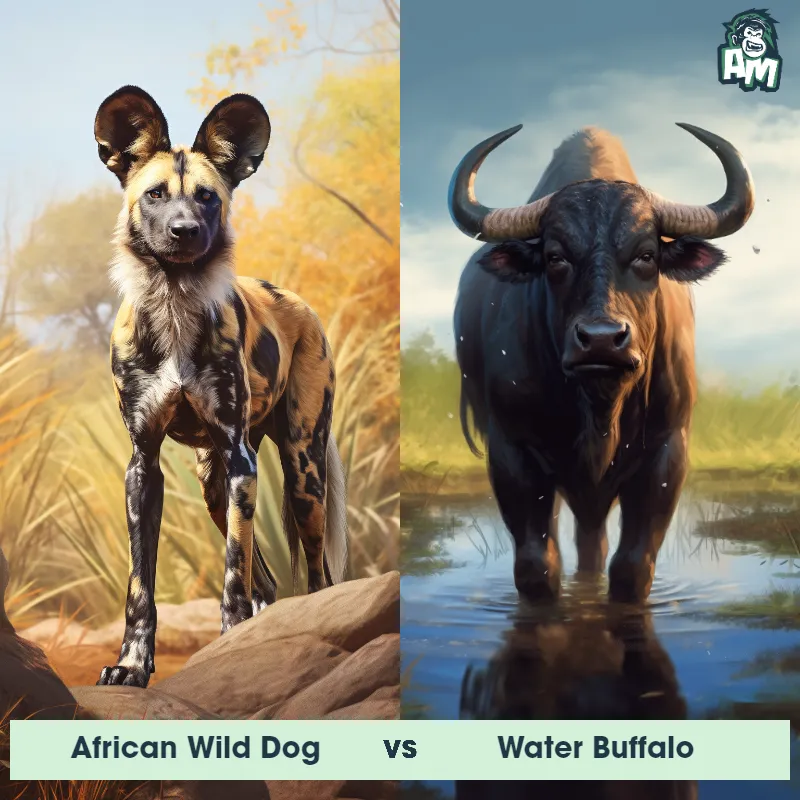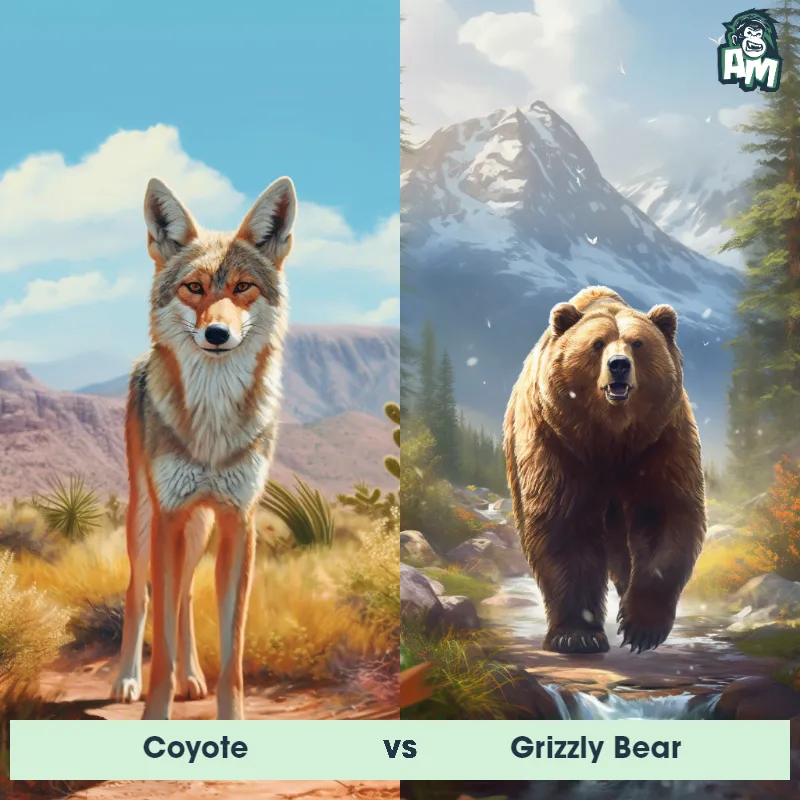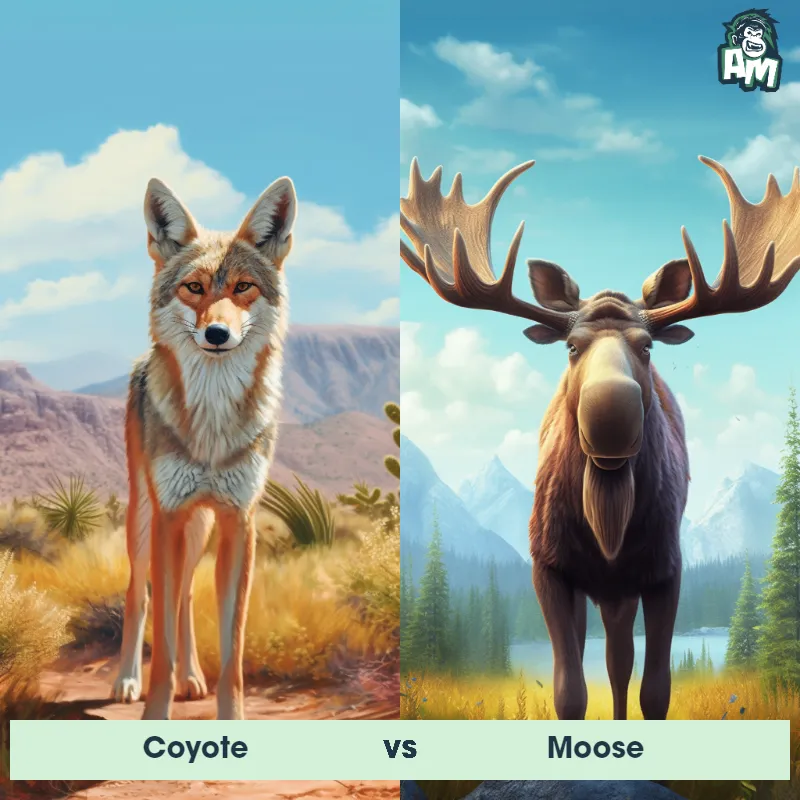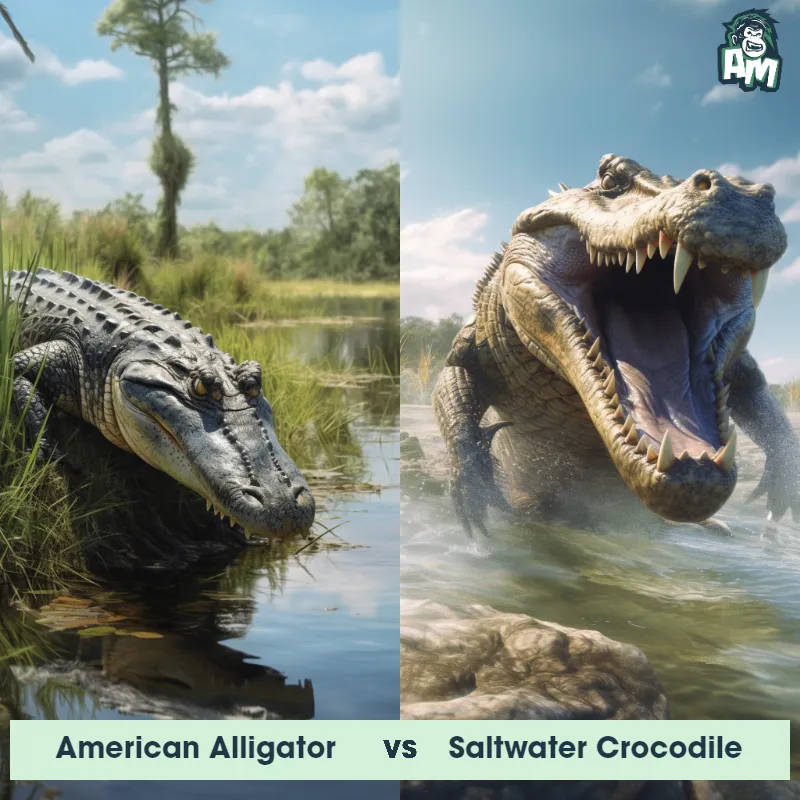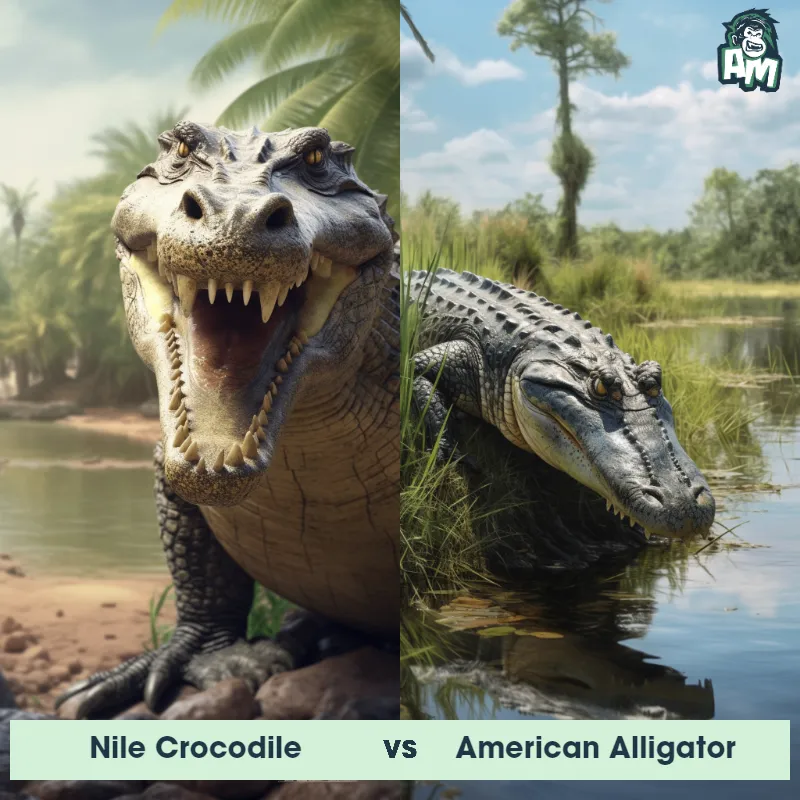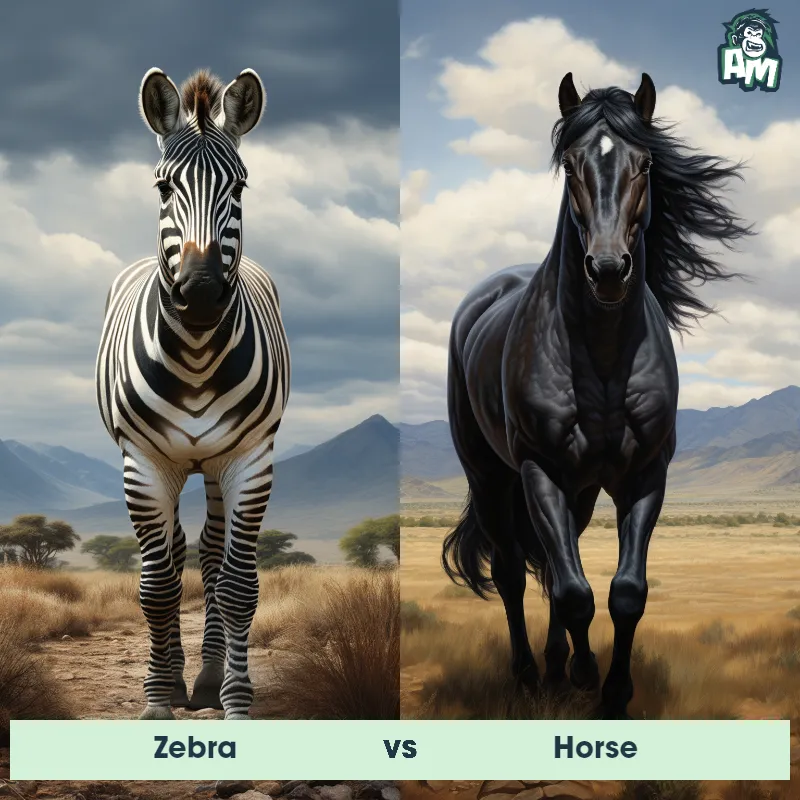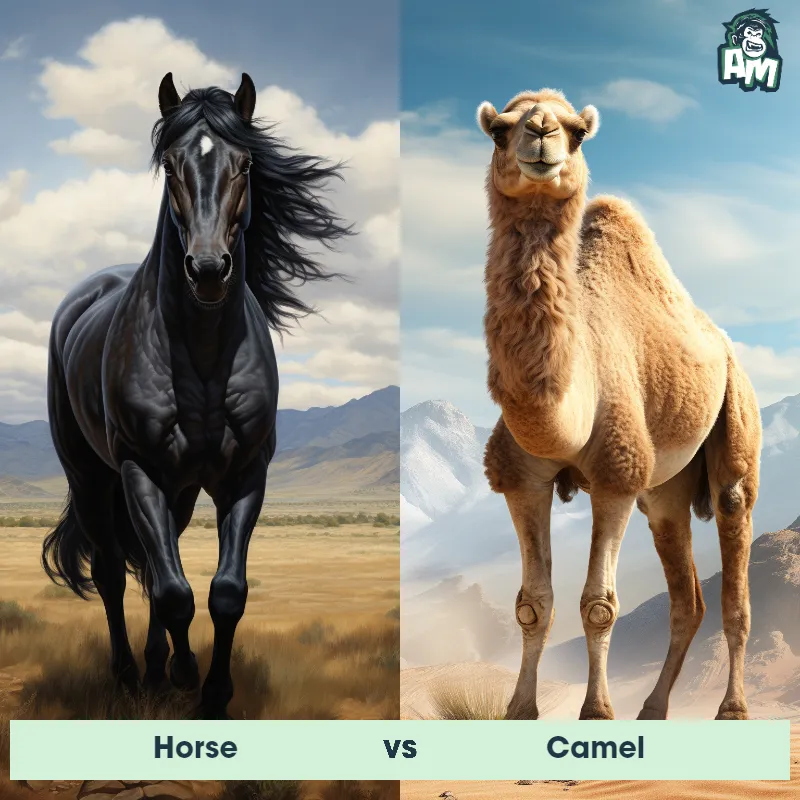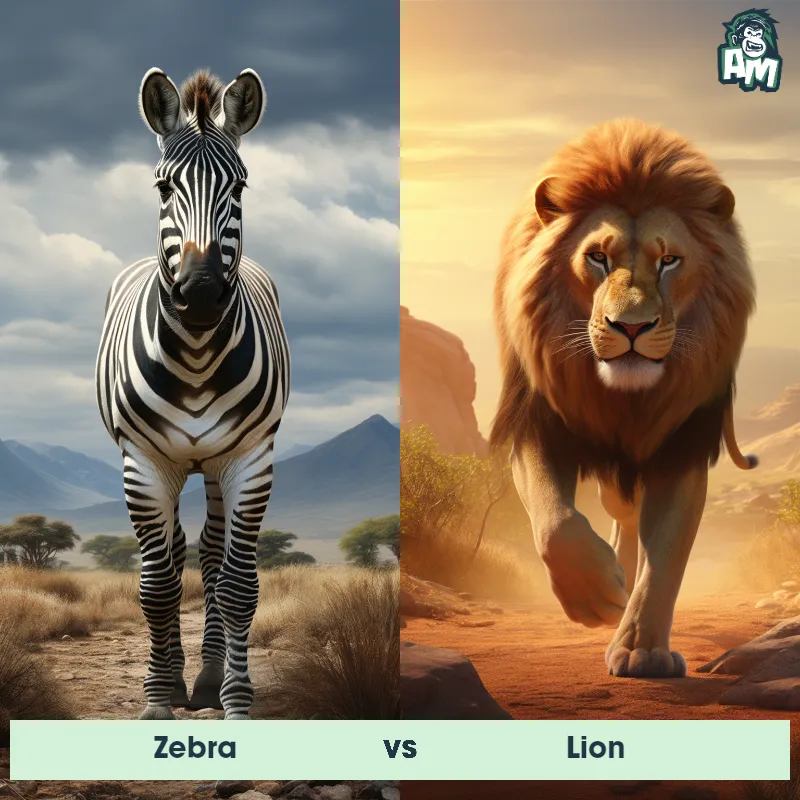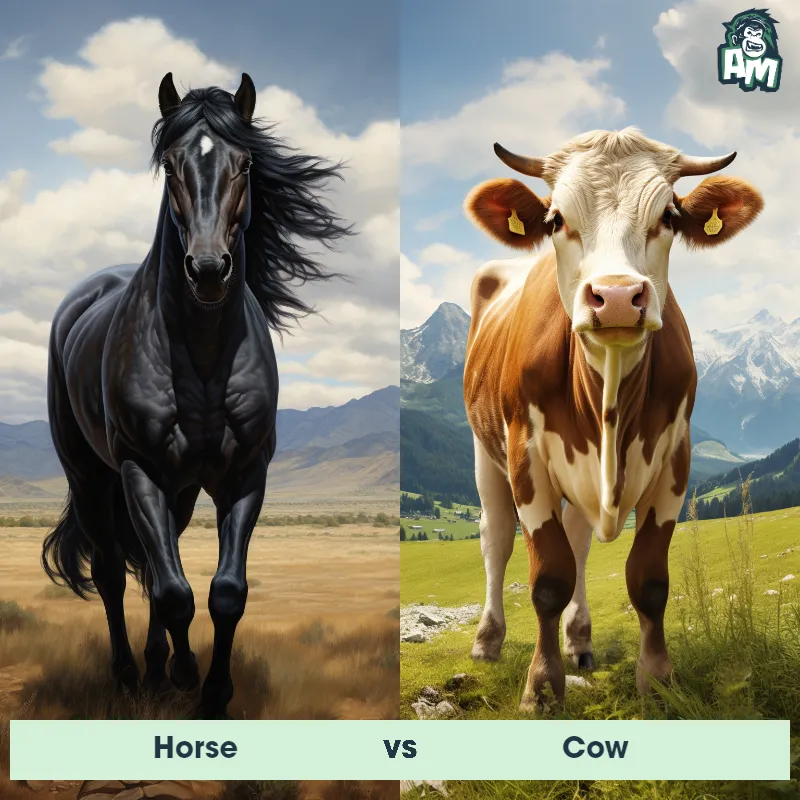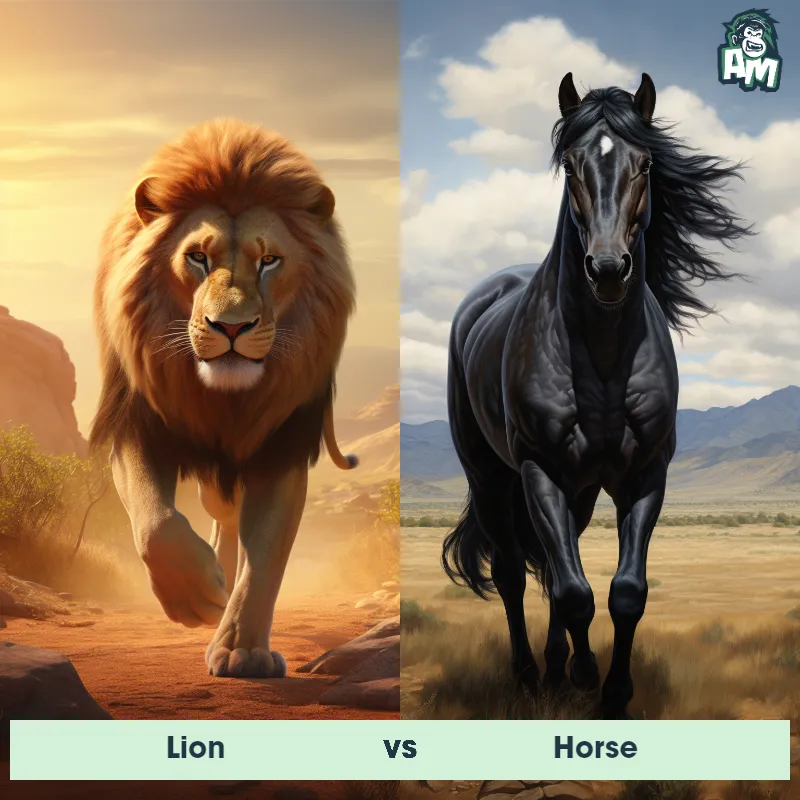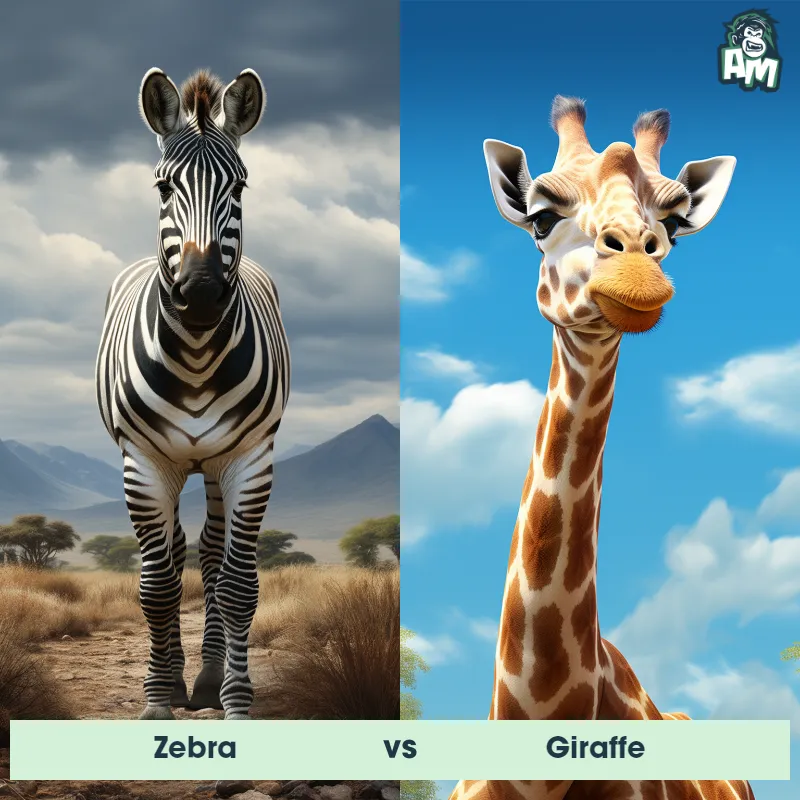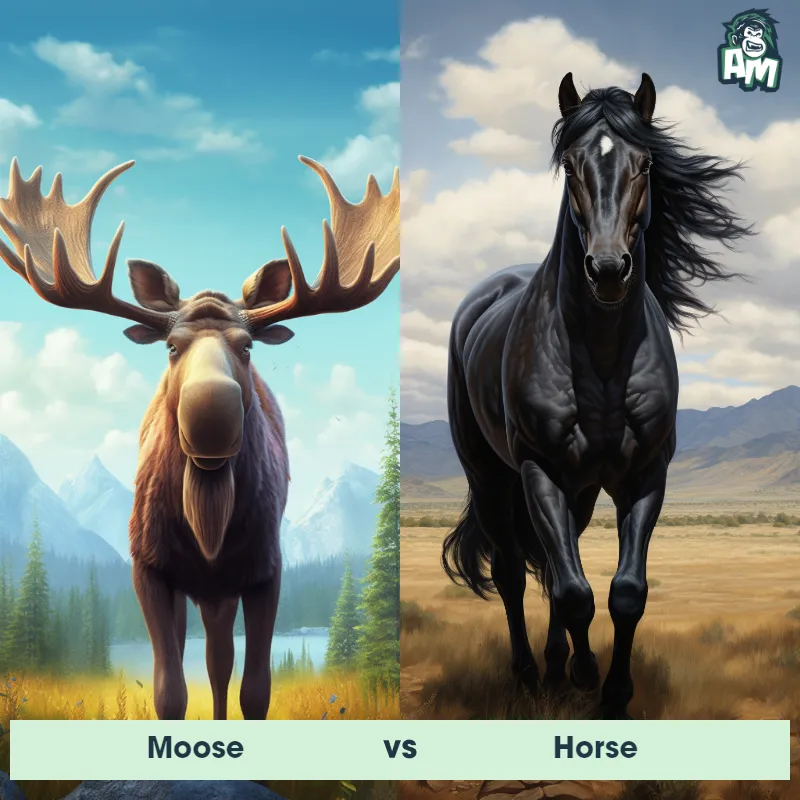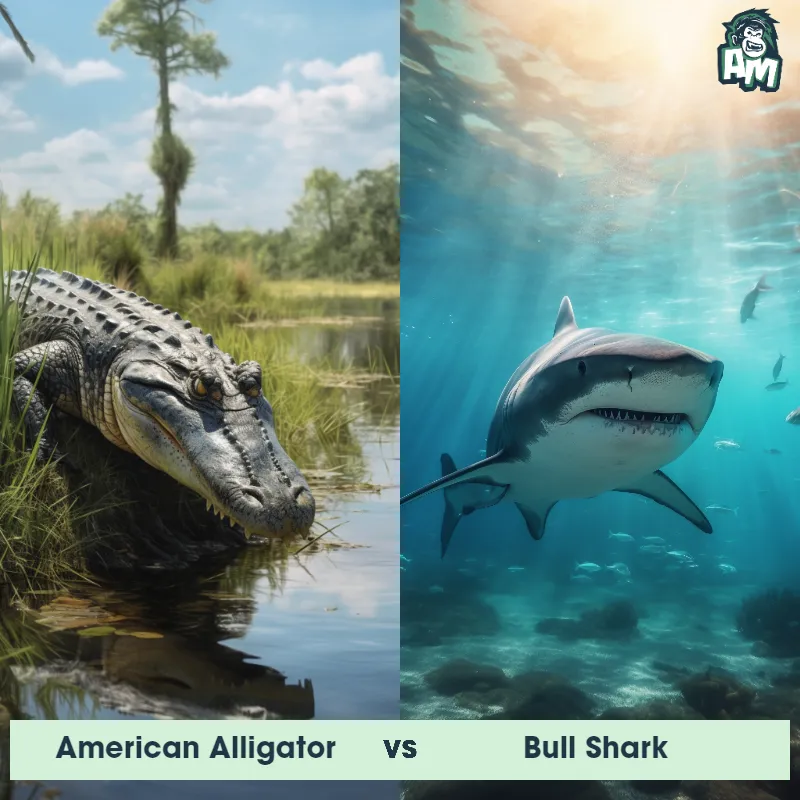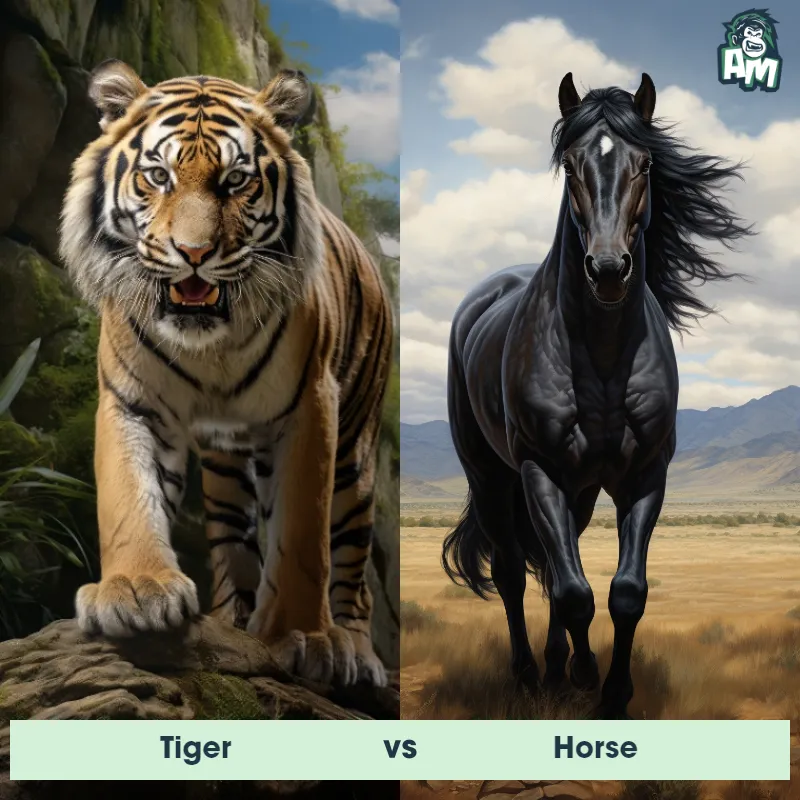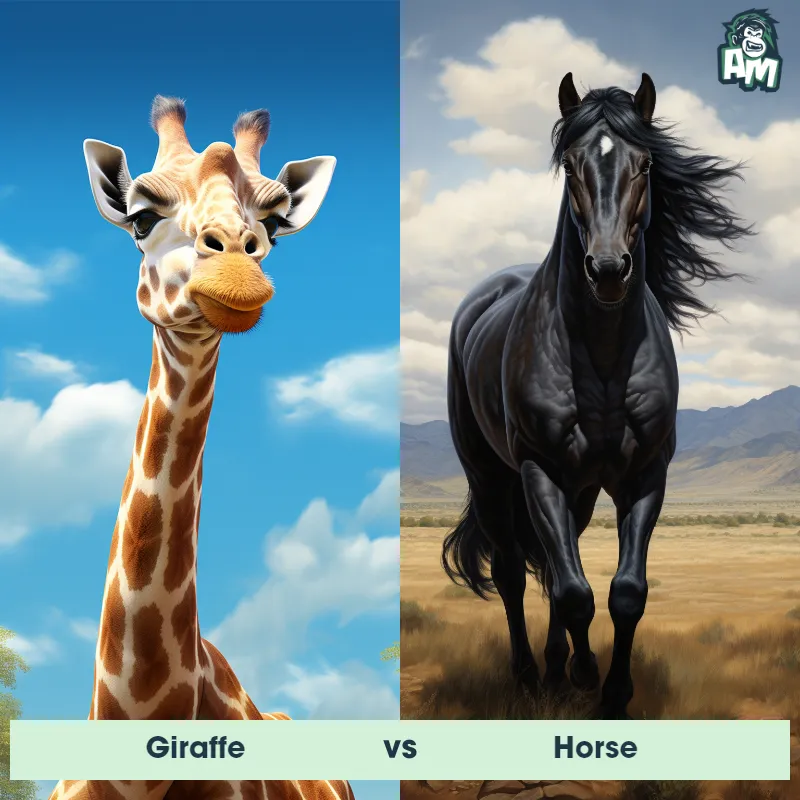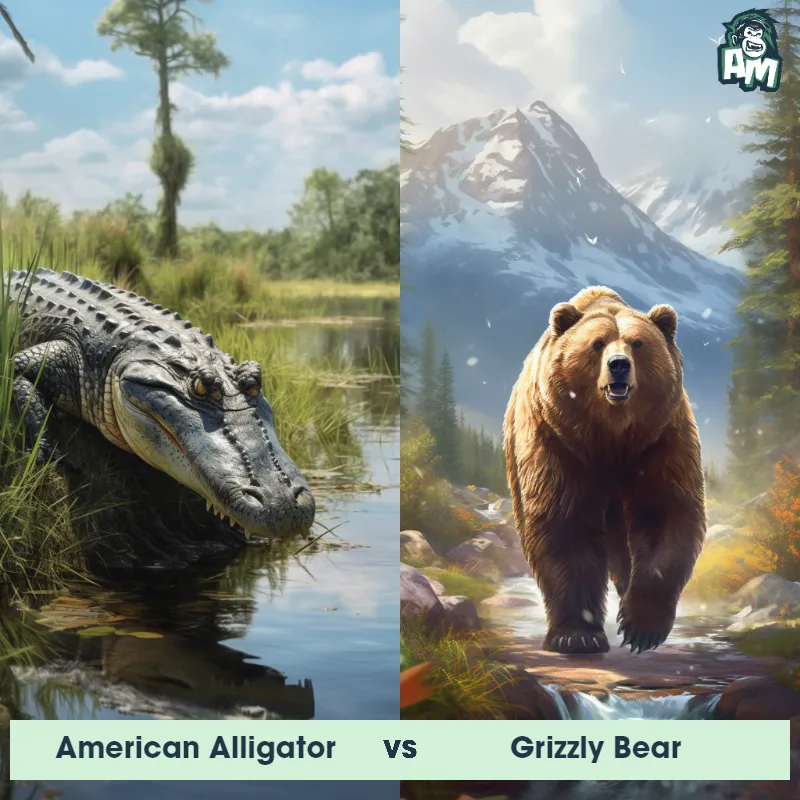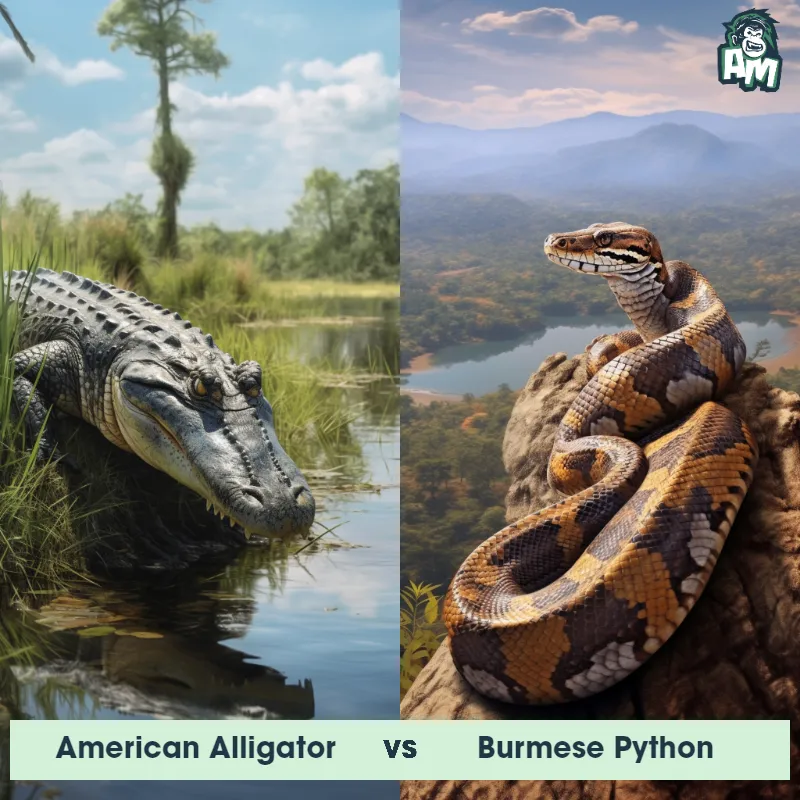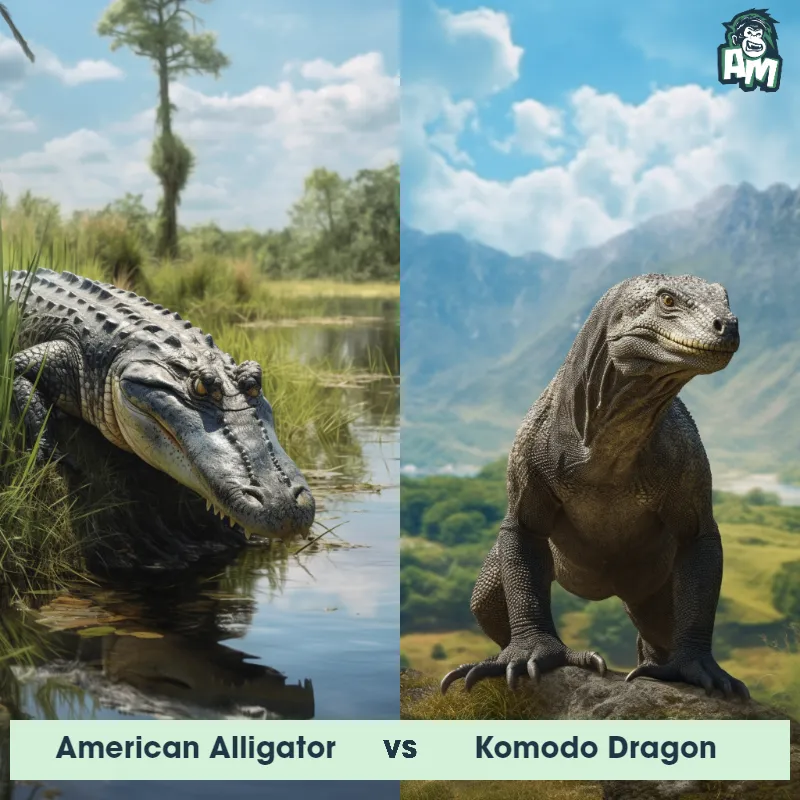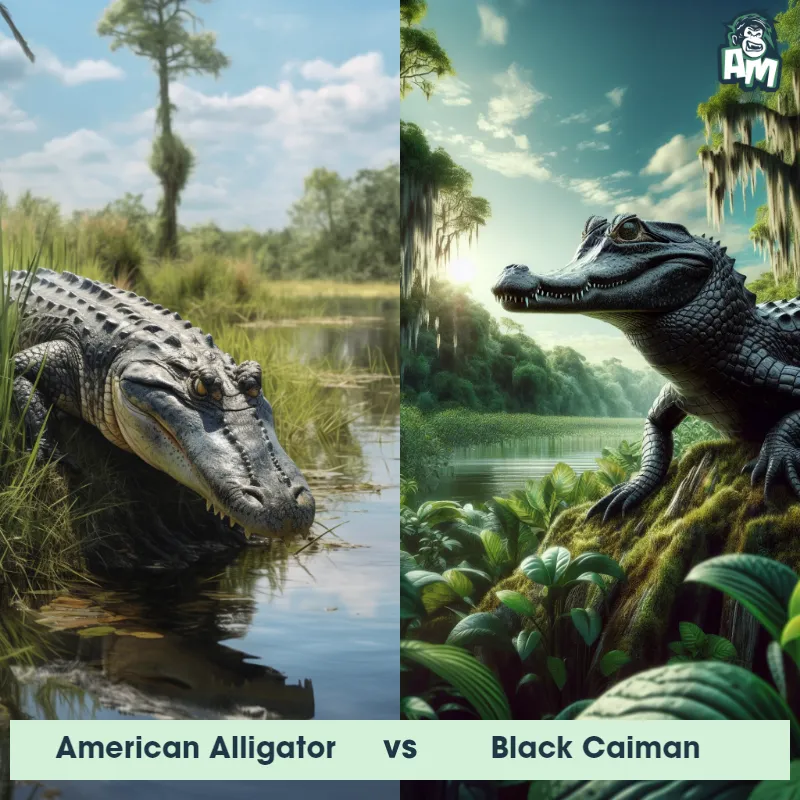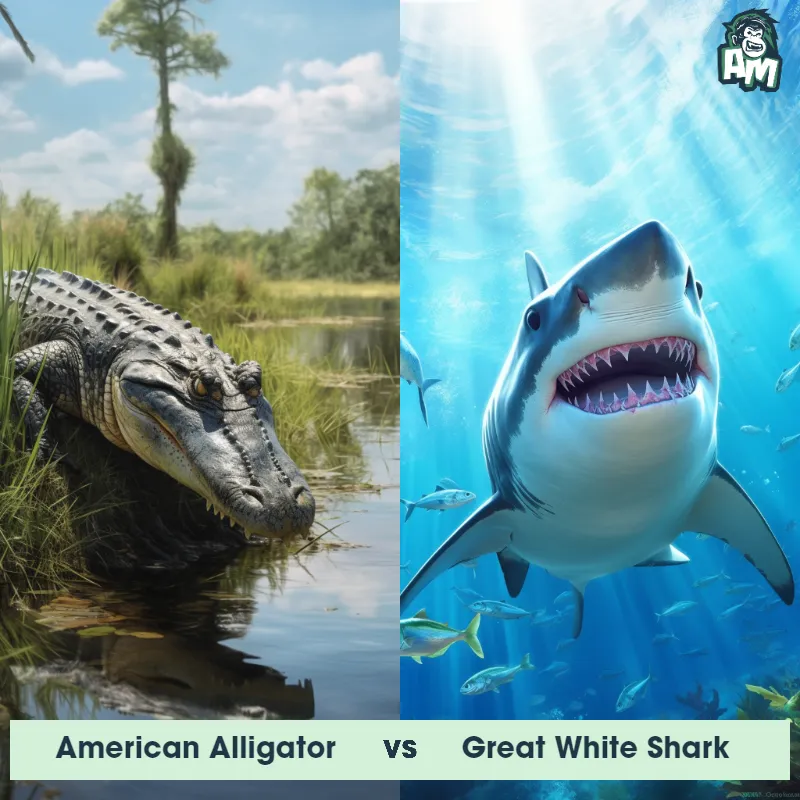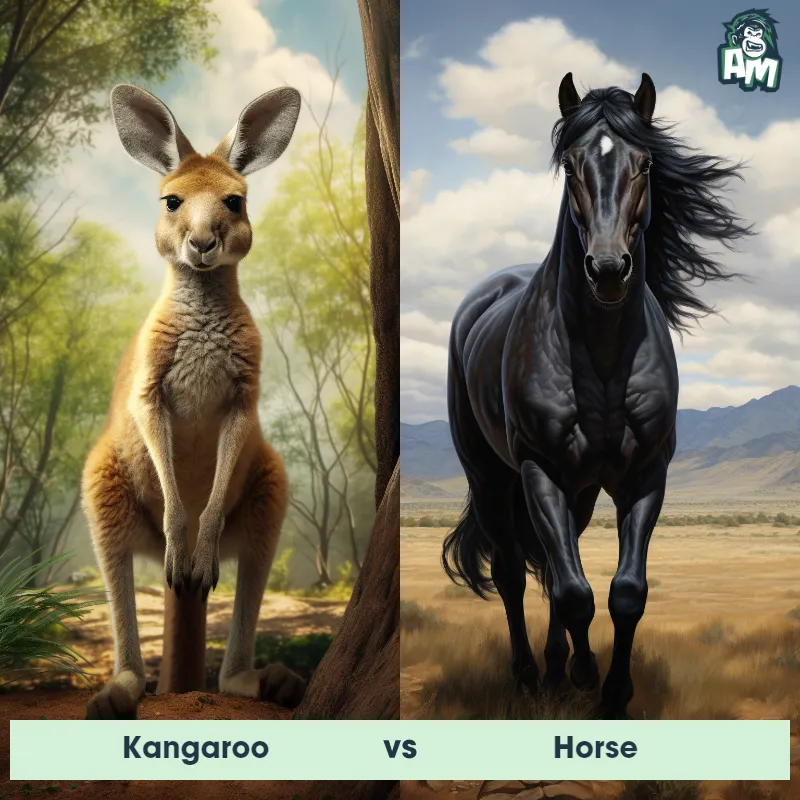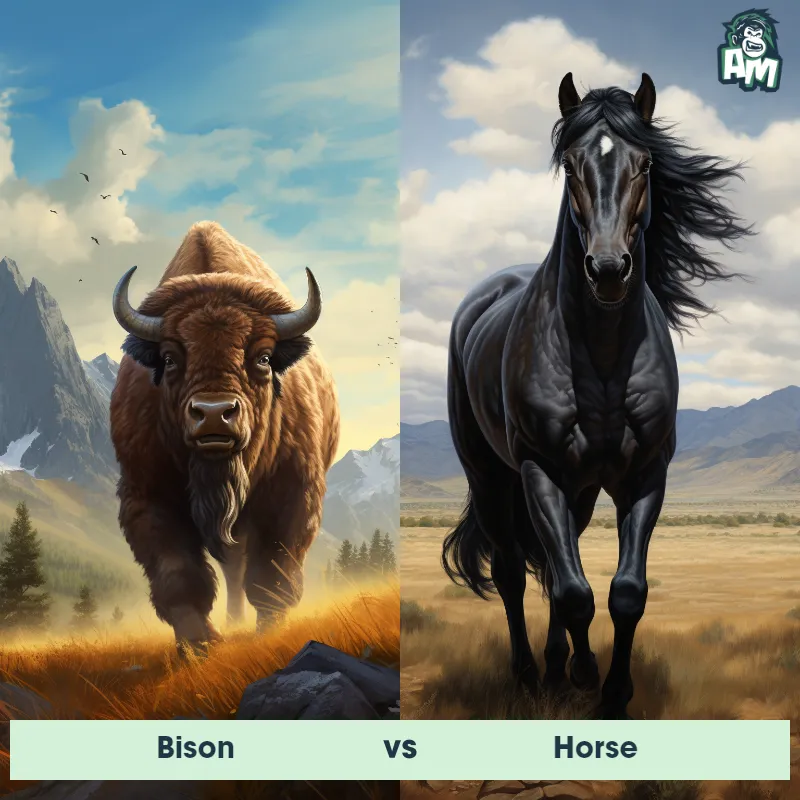Grevy's Zebra vs American AlligatorSee Who Wins

Welcome everyone to this intense matchup between a Grevy's Zebra and an American Alligator. These two animals may seem like an unlikely pair to face off, but their strengths and skills are sure to make this a thrilling fight. Let's see who will come out on top in this three-round battle!
Contender 1: Grevy's Zebra
The Grevy's Zebra, also known as the Imperial Zebra, is a striking and unique species that can be found in the arid regions of Kenya and Ethiopia. It is the largest species of zebra and can reach a height of up to 5 feet at the shoulder and weigh around 900 pounds. Grevy's Zebras have a distinctive appearance with narrow black and white stripes that extend all the way down to their hooves. Unlike other zebras, they have a white belly and a tall, erect mane running from their head down their back.
Fun Fact: Grevy's Zebras have an incredible ability to survive without water for extended periods of time, as they can obtain most of their moisture from the vegetation they eat.
Contender 2: American Alligator
The American Alligator, also known as the Florida Alligator, is a large reptile that can grow up to 14 feet long and weigh over 1,000 pounds. They have a broad, rounded snout, powerful jaws, and a muscular body covered in tough, scaly skin. Their coloration ranges from dark green to black, with a lighter underbelly. They are found in freshwater habitats throughout the southeastern United States, and are known for their ability to regulate their body temperature by basking in the sun.
Fun Fact: American Alligators are known to use tools, such as sticks, to lure birds to their location so they can catch them more easily.
Matchup Stats
| Grevy's Zebra | American Alligator | |
|---|---|---|
| Size | Up to 5 feet (152 centimeters) | Up to 14 feet (4.3 meters) |
| Weight | Around 900 pounds (408 kilograms) | Over 1,000 pounds (453.6 kilograms) |
| Speed | 40mph (64km/h) | Speed: 20 mph (32.19 km/hr) |
| Key Strength | Kicking with powerful legs | Powerful jaws and muscular body |
| Biggest Weakness | Vulnerable to bites on its neck and flank | Slow movement on land |
Current Votes
Grevy's Zebra vs American Alligator
See Who Wins
View More Matches
Looking For More?
Similar Matches
Scientific Stats
| Grevy's Zebra | American Alligator | |
|---|---|---|
| Scientific Name | Equus grevyi | Alligator mississippiensis |
| Family | Equidae | Alligatoridae |
| Habitat | Arid regions | Freshwater habitats |
| Geography | Kenya and Ethiopia | Southeastern United States |
| Diet | Herbivorous, vegetation | Carnivorous, eats fish, turtles, birds, and mammals |
| Lifespan | 15 years - 25 years | 30 years - 50 years |
Key Differences between Grevy's Zebra and American Alligator
- Habitat: Grevy's Zebras are primarily found in the grasslands and savannas of Kenya and Ethiopia, while American Alligators are native to the southeastern United States and can be found in freshwater habitats such as swamps, rivers, and lakes.
- Color: The Grevy's Zebra has a striking black and white striped pattern all over its body, while the American Alligator is typically a dark green or black color with lighter underbellies.
- Diet: Grevy's Zebras are herbivores, feeding mainly on grasses and leaves, while American Alligators are carnivores and eat fish, turtles, birds, and mammals.
- Behavior: Grevy's Zebras are social animals and live in groups called 'harems', consisting of one stallion and several mares, while American Alligators are more solitary animals, only coming together during mating season.
- Body shape: Grevy's Zebras have a more slender, elongated body shape with long legs, while American Alligators have a shorter, more bulky body with shorter legs and a large, rounded head.
- Size: The Grevy's Zebra is much smaller than the American Alligator, with zebras typically weighing around 900 pounds and alligators reaching weights of up to 1000 pounds.




